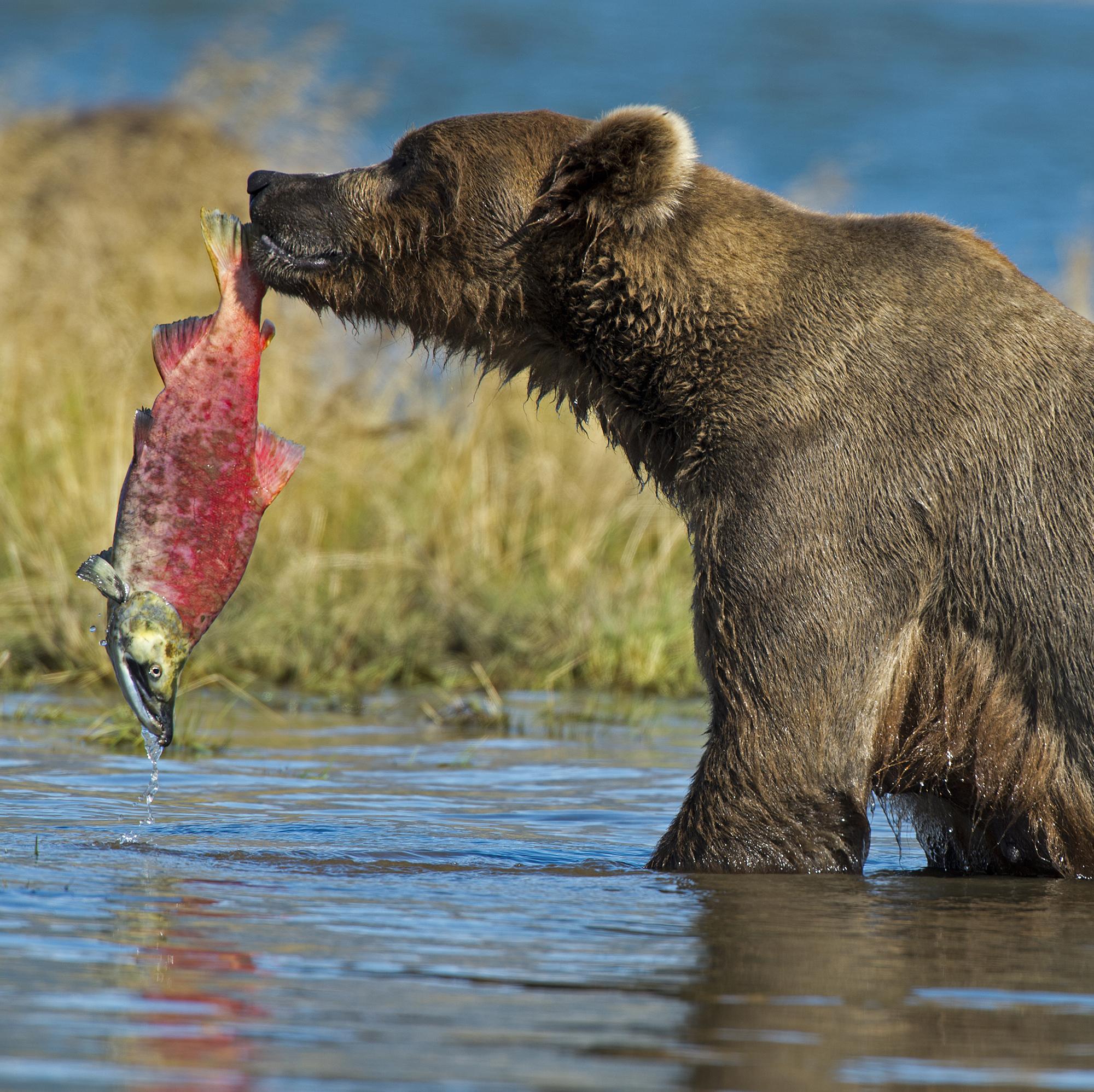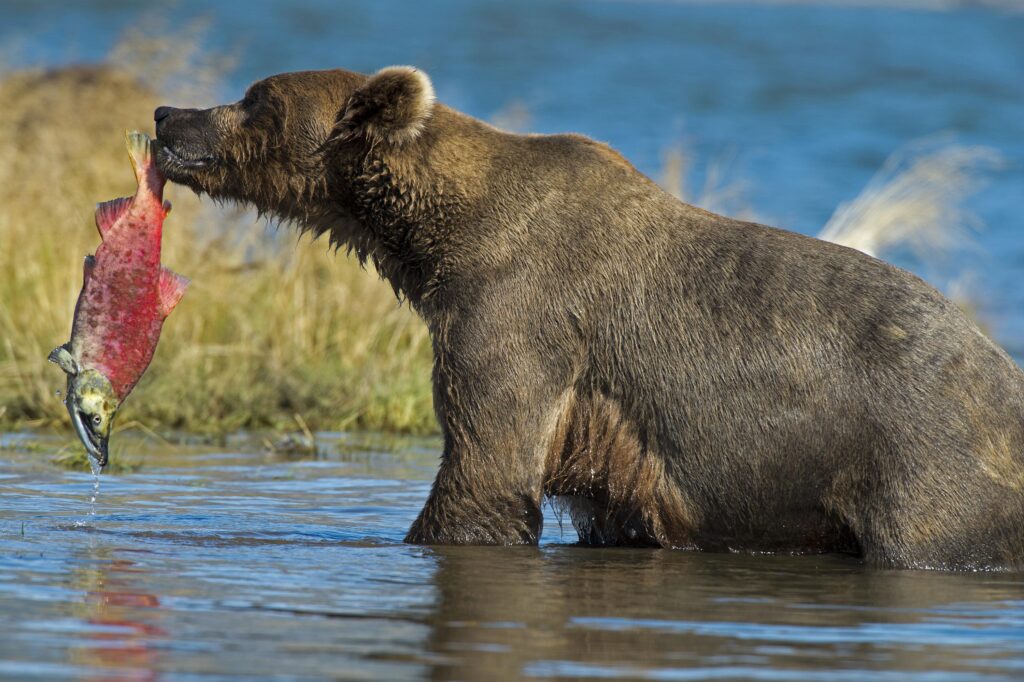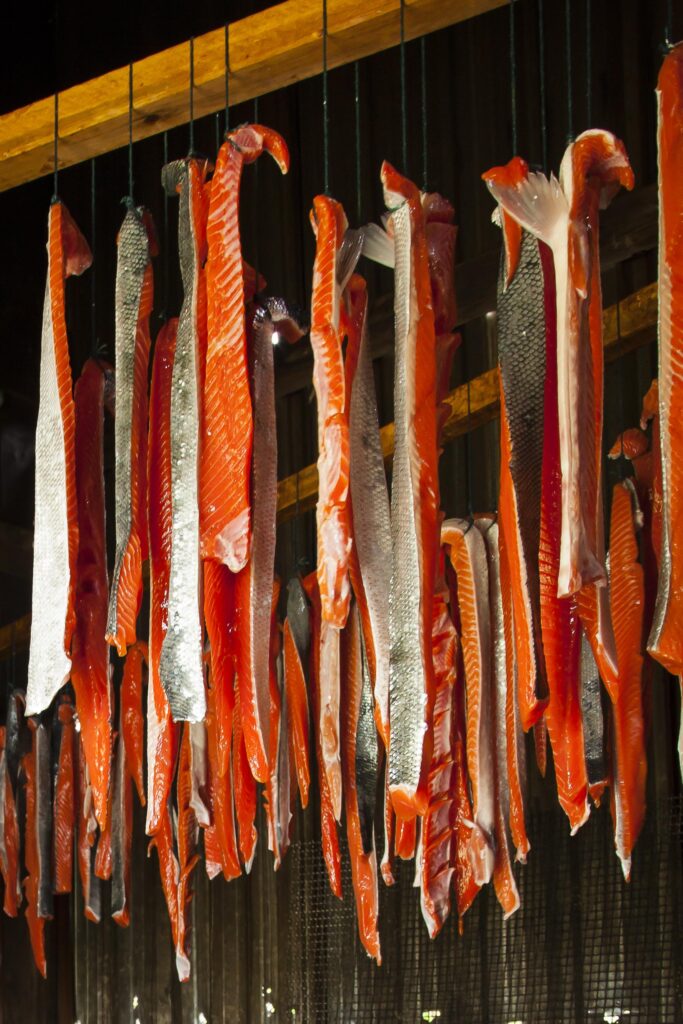
How does the Army Corps’ draft EIS break the law?
Trustees for Alaska and the Sierra Club Environmental Law Program just submitted 400-plus pages of comments on behalf of 15 client groups that demonstrate how the U.S. Army Corps’ draft environmental impact statement for the proposed Pebble mine violates the National Environmental Policy Act and the Clean Water Act.

a tributary of Naknek Lake, Bristol Bay Watershed, Alaska. In Bristol Bay, Alaska. salmon are a life force that feeds something at every stage of their lives: bears, birds, marine mammals, people, cultures, and communities. Photo by Amy Gulick.
These laws were put in place to ensure that the agency “fully understands, discloses, and analyzes the effects of the proposal,” notes the cover letter.
This is especially important here, because the proposed Pebble Mine would industrialize the headwaters of the world’s largest remaining sockeye salmon fishery and bisect the habitat of the world’s largest concentration of brown bears. The impacted watershed supports more than 190 species of birds, 40 species of mammals, and 29 species of fish, and a thriving subsistence culture.
If approved, the proposed Pebble Mine would be one of the most damaging, if not the most damaging, project ever permitted under the CWA. The Bristol Bay headwaters is simply not the place for largescale, industrial mining.

to their communities and traditions. Photo by Bob Waldrop
You, too, can act now. Comments are due July 1 either online, via email and by mail postmarked by the end of day. Here are some main points made in the comments we submitted today:
- The DEIS does not include reasonable alternatives, including the more probable 78-year mine;
- The DEIS contains no information demonstrating that this proposed project is economically feasible;
- The DEIS fails to consider direct, indirect, and cumulative impacts to wetlands, water quality, fish, birds, and wildlife;
- The DEIS overestimates economic benefits to local communities and underestimates costs to the State of Alaska;
- The DEIS ignores impacts to brown bears and the wildlife watching businesses that will be substantially hurt by the proposed Pebble Mine;
- The DEIS fails to consider the impacts from a Tailings Storage Facility that would be operated in perpetuity, and has a high probability of failure;
- The DEIS assumes the proposed mine could capture 100% of all contaminated water;
- The DEIS fails to acknowledge the experimental nature of the proposed water treatment system;
- The DEIS fails to acknowledge the extensive water quality impacts the proposed mine would have to the aquatic ecosystem;
- The DEIS lacks any reclamation or post-closure plans;
- The DEIS does not demonstrate that this proposed project can meet the requirements of the CWA.


